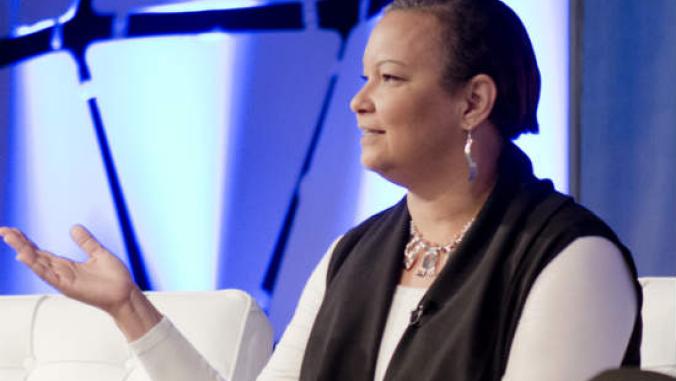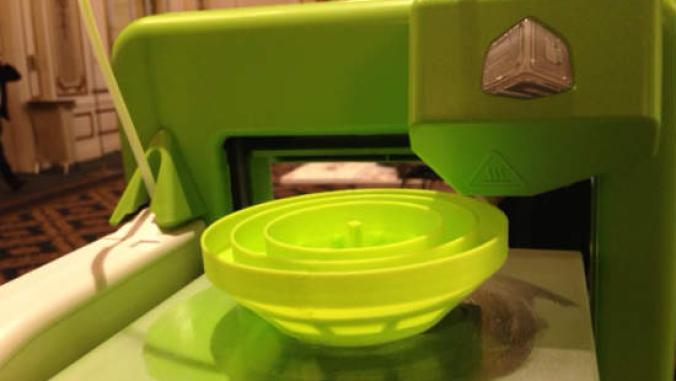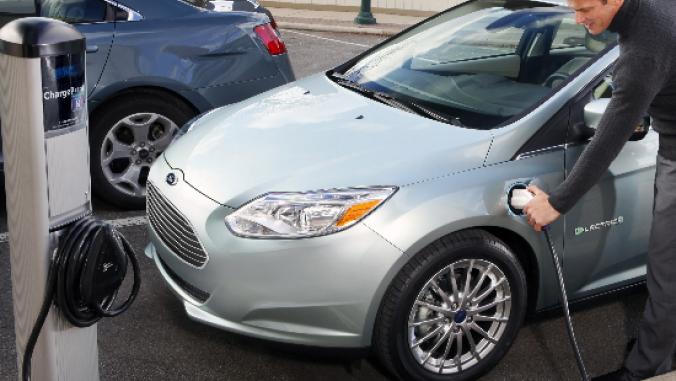IKEA Boosting Stock of Sustainable Goods with Eco Scorecard
<p>Using a new product scorecard, IKEA hopes to make its stock greener so that by 2015 the retail chain can classify 90 percent of the goods it sells as being "more sustainable."</p>

IKEA store - CC license by markhillary (Flickr)
Global retailer IKEA will start rating its products with a scorecard that's part of a push to have more-sustainable products account for the grand majority of its sales in the coming years.
The IKEA Sustainability Product Score Card, announced in the company's latest sustainability report, gives products a rating based on 11 criteria, such as use of less material, energy efficiency during production, recycled content and increase in transportation efficiency.
IKEA also laid out a set of guiding principles for the next five years, some of which have specific goals attached to them, with other goals under development. The company plans to offer products that are more sustainable, take a leading role in building a low-carbon society, turn waste into resources, reduce its water footprint and be socially responsible.
By 2015, IKEA wants 90 percent of its sales of home items to be classified as "more sustainable," according to its scorecard. To get that mark, products have to have more sustainability aspects than previous versions or similar goods. The scorecard will be an internal tool for guiding product development and purchasing.
In addition, IKEA wants all of its home products to be recyclable or made with renewable or recycled materials. However, it doesn't have exact figures on where it is along that path.
"Today, we have little reliable data on the share of recycled and recyclable materials used for IKEA home furnishing products, but we know that the share of renewable materials remains fairly constant at around 70 percent as cotton and wood are our two most important raw materials," the report says.
Along with classifying wood and cotton as inherently good choices, IKEA is trying to use more sustainably-harvested resources.
In 2010, the amount of wood certified by the Forest Stewardship Council that IKEA used rose from 16 percent to almost 24 percent, and the amount of cotton grown with sustainable practices more than doubled to 13 percent. IKEA plans to have 35 percent of its wood be FSC certified in 2012, and wants all of its cotton to meet the Better Cotton Initiative standards by 2015.
The fact that not all cotton and wood comes from sustainable sources is interesting in light of a statement IKEA makes in the report about eco-labeling.
"We label our home furnishing products exclusively with the IKEA logo, as we want our customers to know that this stands for products that are safe and produced with respect for people and the environment. As this applies to the entire IKEA range, we have chosen not to use any certification labels for home furnishing products," the report says.
However, that then puts products made with FSC-certified wood on the same level as those made without certified wood, and also essentially says there's no difference between products made with cotton, plastic-coated cotton and polyester.
IKEA also aims to increase the efficiency of products that use energy or water by 50 percent, compared to products from 2008. But when it comes to the company's own energy and water goals, details are lacking. The company only says it wants to "significantly" reduce carbon dioxide emissions and water use, and is working on specific goals.
Sending all waste anywhere but to landfills is another target for 2015, a goal that's been taken up, and in some cases quickly achieved, by other companies. A common pattern among companies trying to send no waste to landfill is that they recycle a lot, compost a little (if any), reuse a little and burn the rest in facilities that turn waste into energy. IKEA's store already keep 84 percent of their trash out of landfills, and its distribution operations are at 91 percent.
Along with cutting down on its own trash, IKEA plans to help customers reuse or recycle IKEA goods they no longer want, such as with a website in Sweden that lets people buy and sell used IKEA products.
IKEA store - CC license by markhillary (Flickr)





